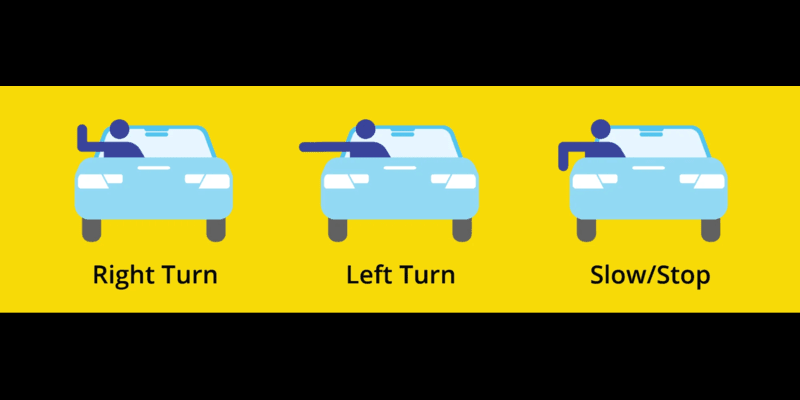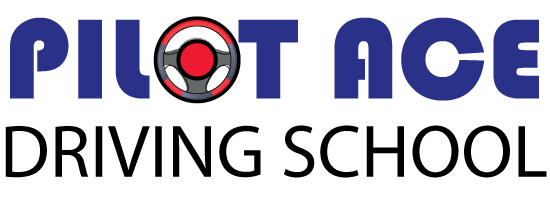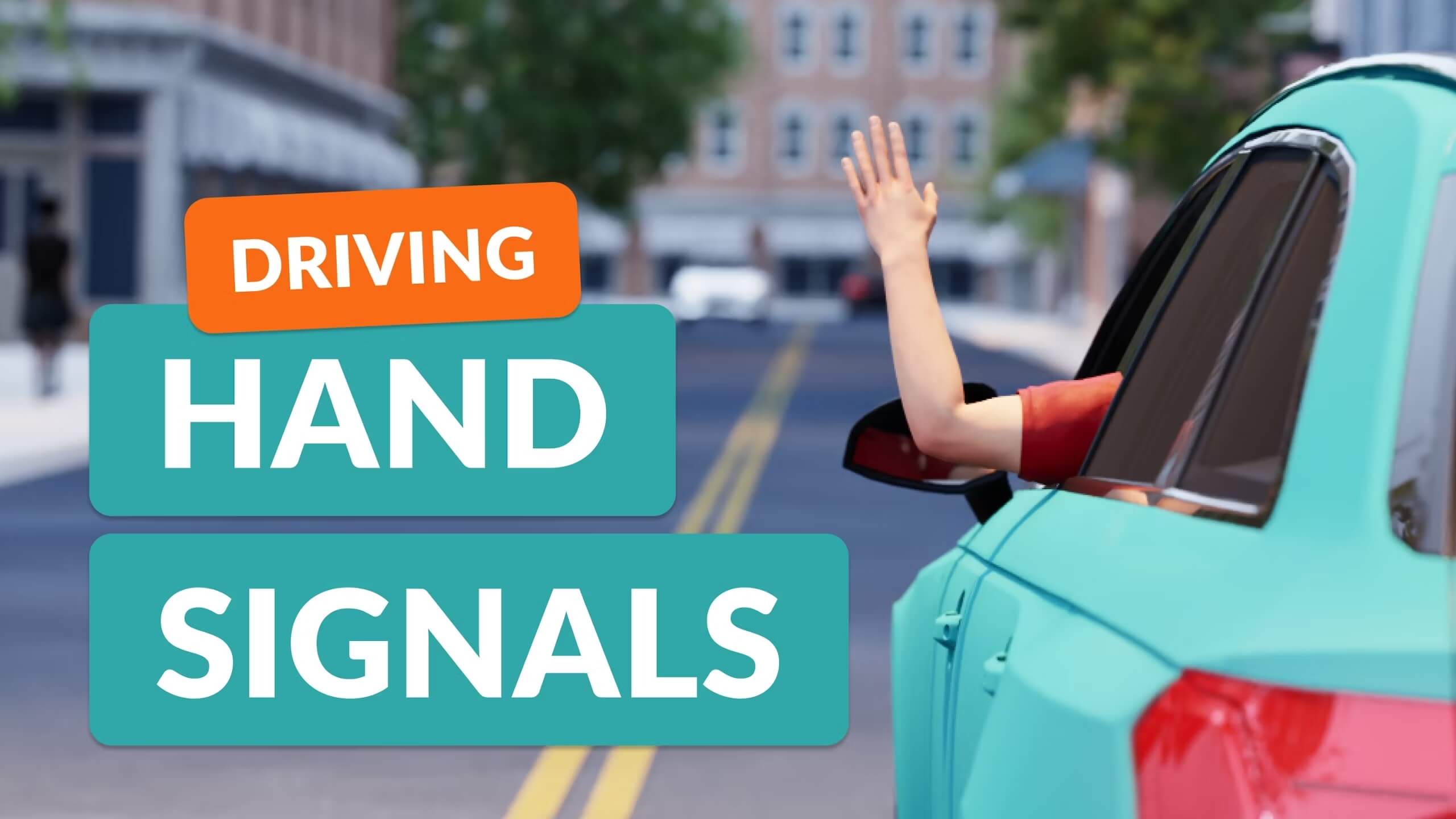Learn everything you need to know about hand signals for driving, from passing your driving test to navigating emergency situations. Explore the three essential signals and discover seven additional gestures to enhance your driving skills and ensure safety on the road. At Pilot Ace Driving School, we understand the importance of equipping our students with comprehensive knowledge and skills to become safe and responsible drivers. As part of our curriculum, we ensure that all students learn essential hand signals for driving, providing them with the tools necessary to communicate effectively on the road in any situation.
In the vast landscape of driving skills, mastering hand signals is often overlooked but undeniably crucial. In this comprehensive guide, we delve into the world of hand signals for driving, exploring their significance, how they are tested in driving exams, and the various scenarios where they come into play. Whether you’re a new driver preparing for your test or an experienced driver seeking to bolster your safety measures, understanding hand signals is a must.
Understanding Hand Signals for Driving Test
For many aspiring drivers, passing the driving test is a significant milestone. Hand signals are an integral part of this process, serving as a backup communication method when other signaling mechanisms fail. Examining the hand signals for driving test, we explore the importance of these gestures in demonstrating proficiency and awareness on the road. Knowing how to execute these signals accurately can make the difference between success and failure in your driving examination.
What are the hand signals for driving ?
Hand signals for driving are essential gestures used by drivers to communicate their intentions on the road when traditional signaling methods such as turn signals are unavailable or malfunctioning. Here are the three primary hand signals for driving:
- Left Turn Signal: Extend your left arm horizontally out of the driver’s side window to indicate a left turn. This gesture informs other drivers and pedestrians of your intention to turn left.
- Right Turn Signal: Form a 90-degree angle with your left arm, pointing upward out of the driver’s side window to signal a right turn. This motion alerts others that you plan to turn right.
- Stop or Slow Down Signal: Extend your left arm out of the window with your palm facing backward and motion downward to indicate slowing down or coming to a stop. This signal is crucial for informing drivers behind you of your intention to reduce speed or halt.
In addition to these three primary signals, there are also expanded hand signals that drivers can use for various situations on the road, including signaling hazards, passing, slowing down gradually, and indicating emergencies. Understanding and practicing these hand signals are essential for all drivers to ensure clear communication and promote safety on the road.

Expanded Hand Signals for Driving Test
In addition to the three primary hand signals for driving, there are several expanded hand signals that drivers can use to enhance communication and safety on the road. Here are seven hand signals for driving:
- Hazard on Road Signal: Motion downward with your hand repeatedly to warn other drivers of a hazard on the road. This signal is particularly useful when there is debris, an obstruction, or any other danger that may pose a threat to vehicles or pedestrians.
- Passing Signal: Motion upward with your hand repeatedly to indicate your intention to pass another vehicle. This signal is crucial for informing the driver ahead that you plan to overtake them safely, reducing the risk of accidents or misunderstandings.
- Slowing Down or Speed Reduction Signal: Wave your hand up and down with the palm facing backward to communicate gradual speed reduction. This signal is helpful when you need to slow down gradually, such as approaching a congested area or navigating through traffic.
- Emergency Signal: Open and close your fist repeatedly to signal distress or a breakdown. This universal distress signal indicates to other drivers that you need assistance, whether it’s due to a mechanical issue, medical emergency, or any other unforeseen circumstance.
- Thank You Signal: Raise your hand slightly and wave to express gratitude to another driver for allowing you to merge or giving you the right of way. While not strictly necessary, this gesture fosters goodwill and courtesy among drivers on the road.
- Pedestrian Crosswalk Signal: Extend your arm horizontally and point toward the pedestrian crosswalk to indicate to pedestrians that you are yielding to them. This signal is particularly important at intersections and crosswalks, where pedestrian safety is paramount.
- Turning Signal for Cyclists: Extend your arm horizontally and point in the direction you intend to turn to communicate your intentions to cyclists sharing the road with you. This gesture helps cyclists anticipate your movements and navigate safely around you.
By familiarizing yourself with these seven hand signals for driving, you can enhance your ability to communicate effectively with other road users and navigate diverse driving scenarios with confidence and safety.
Practical Applications and Scenarios
To truly master hand signals for driving, it’s essential to understand how they apply in real-world situations. From navigating through heavy traffic to communicating with cyclists and pedestrians, we explore practical applications and scenarios where hand signals can make a significant difference in promoting safety and efficiency on the road. By incorporating these signals into your driving repertoire, you can foster better communication with other road users and contribute to a harmonious driving environment.
Conclusion
In conclusion, hand signals for driving are not just a relic of the past but a timeless tool for effective communication and safety on the road. By mastering these signals, drivers can navigate various situations with confidence and clarity, whether it’s passing a driving test or responding to an emergency. Aspiring and seasoned drivers alike stand to benefit from understanding and practicing hand signals, ensuring they remain a vital aspect of responsible driving for years to come.
By mastering hand signals for driving at Pilot Ace Driving School, students emerge as confident and competent drivers, ready to navigate the complexities of the road with skill and safety.
Join us at Pilot Ace Driving School and embark on a journey toward becoming a skilled driver equipped with the knowledge and expertise to handle any driving situation with confidence.

